The Spring Festival, also known as Chinese New Year, is a time of vibrant traditions and symbolic rituals. Among the most enchanting customs is the annual Flower Market, where stalls burst with blossoms believed to usher in luck, prosperity, and happiness. Two standout stars of this floral spectacle are the kumquat trees and peach blossoms—each carrying centuries of cultural weight and a dash of what some might call "wealth-attracting mysticism."
Kumquat Trees: Golden Fortunes in Miniature
Walking through the bustling lanes of a Spring Festival flower market, it’s impossible to miss the kumquat trees. Their branches sag under the weight of tiny, golden-orange fruits, resembling miniature treasures. The name "kumquat" itself is a linguistic play on prosperity—in Cantonese, "gam gat" sounds like "golden luck," making it a must-have for households and businesses alike. The fruit’s vibrant color mirrors that of gold ingots, ancient symbols of wealth, while their round shape signifies unity and completeness.
But the kumquat’s magic isn’t just in its name or appearance. Tradition holds that the more fruits a tree bears, the greater the financial windfall it invites. Some families even hang red envelopes or decorative coins on the branches to amplify this effect. The act of carefully selecting a tree—inspecting its foliage, counting its fruits—becomes a ritual of intention, as though one is choosing the physical vessel for the year’s fortunes.
Peach Blossoms: Love, Luck, and Business Boom
If kumquats are the currency of prosperity, peach blossoms are their romantic and entrepreneurial counterparts. Delicate pink petals burst forth from gnarled branches, symbolizing renewal and growth. For singles, the blossoms are a flirtatious promise; folklore says that placing a sprig near your bed will attract romance before the next lunar year ends. For entrepreneurs, the flowers represent a different kind of bloom—business expansion. Shops and restaurants often display towering peach blossom branches, their pink hues believed to "open doors" to new opportunities and customers.
The intensity of the blossom’s pink is said to matter, too. Deeper shades are thought to carry stronger energy, while the direction in which the branches grow can influence the flow of luck. A branch arching toward the east, for instance, might be favored for its association with the sunrise and new beginnings. Superstition or not, the careful arrangement of these flowers is treated with the gravity of feng shui.
The Dance of Symbolism and Modernity
While the beliefs surrounding kumquats and peach blossoms are rooted in ancient traditions, their appeal has adapted seamlessly to modern life. Urban apartments might opt for dwarf kumquat varieties, perfect for cramped balconies, while tech startups place peach blossoms beside laptops as a nod to both aesthetics and ambition. The Flower Markets themselves have evolved, with vendors offering LED-lit branches or sustainably potted trees to cater to eco-conscious buyers.
Yet, despite these contemporary twists, the core of the tradition remains unchanged. Whether bought from a centuries-old market stall or ordered via a delivery app, these plants are more than decor—they’re talismans. In a world where fortune can feel fleeting, the act of bringing home a kumquat tree or a bundle of peach blossoms is a gesture of hope, a way to tangibly invite the universe’s generosity.
A Ritual of Optimism
Perhaps the true magic of these floral traditions lies in their ability to unite people. The Flower Markets are crowded with families debating the perfect kumquat tree, friends gifting peach blossoms to each other, and strangers exchanging tips on how to keep the plants alive past the holiday. In this shared optimism—this collective belief that a bit of nature can sway fate—the rituals transcend superstition. They become a celebration of resilience, a reminder that after winter’s barrenness, both flowers and fortunes can bloom anew.

By /May 21, 2025
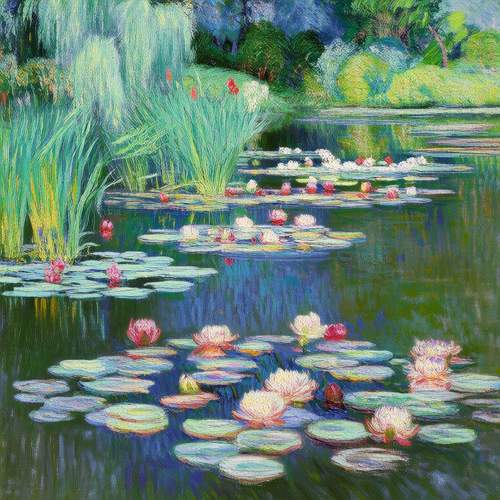
By /May 21, 2025

By /May 21, 2025
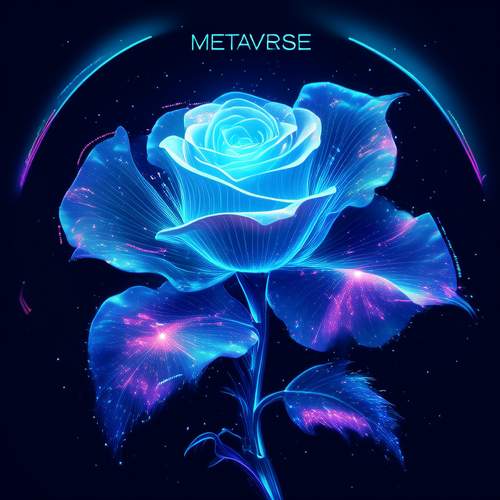
By /May 21, 2025
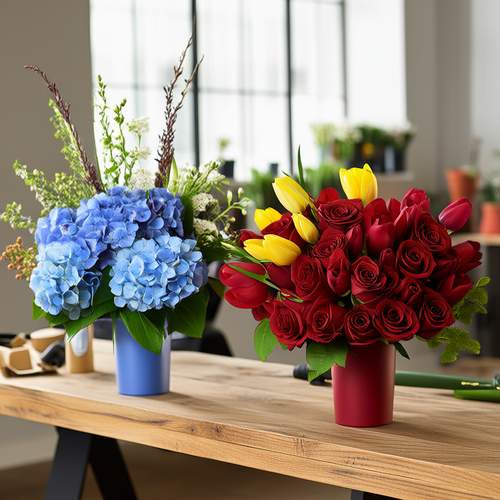
By /May 21, 2025
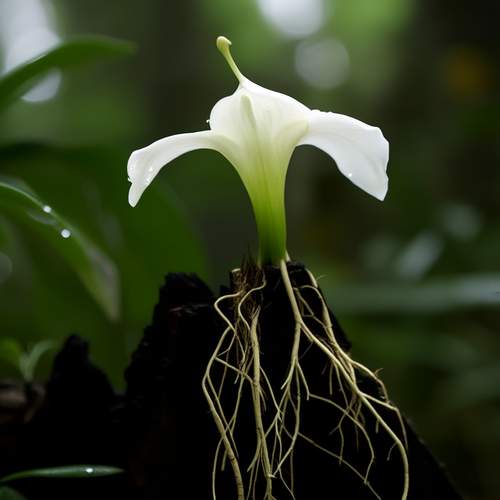
By /May 21, 2025
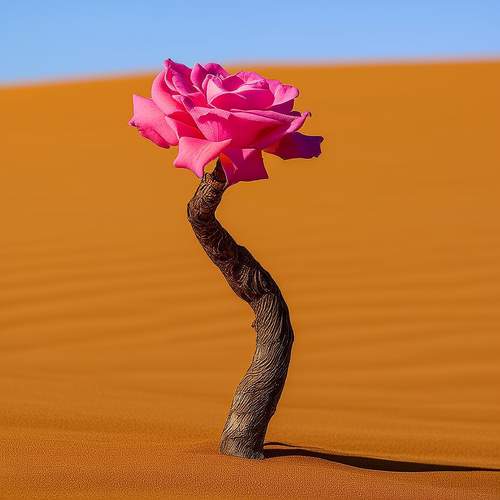
By /May 21, 2025
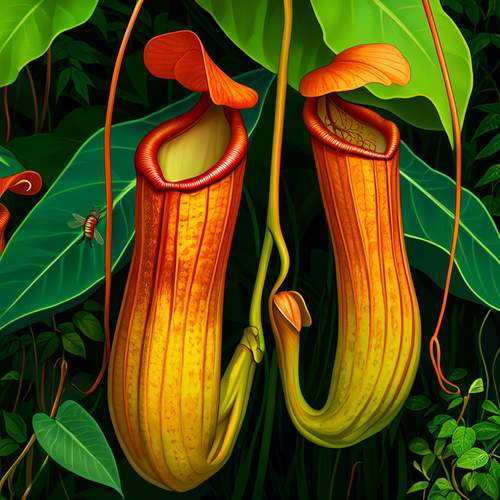
By /May 21, 2025
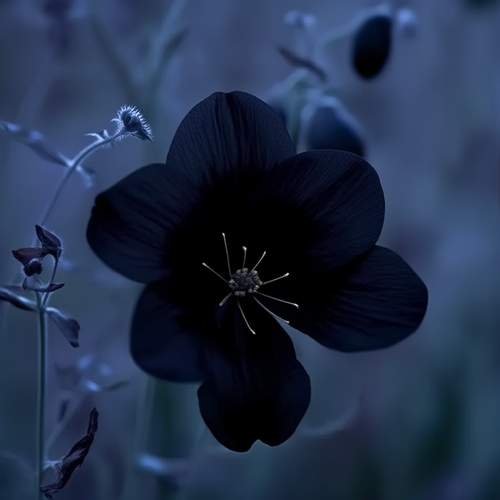
By /May 21, 2025
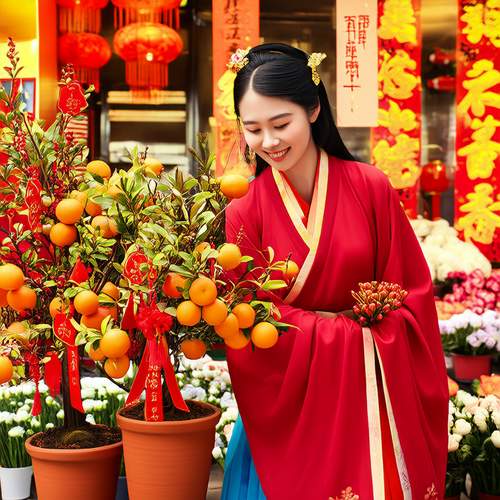
By /May 21, 2025
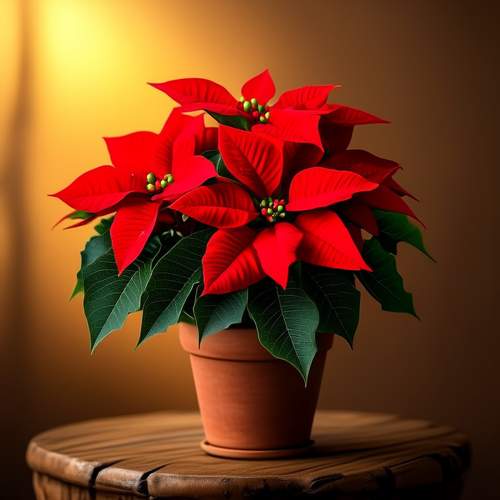
By /May 21, 2025

By /May 21, 2025

By /May 21, 2025

By /May 21, 2025

By /May 21, 2025
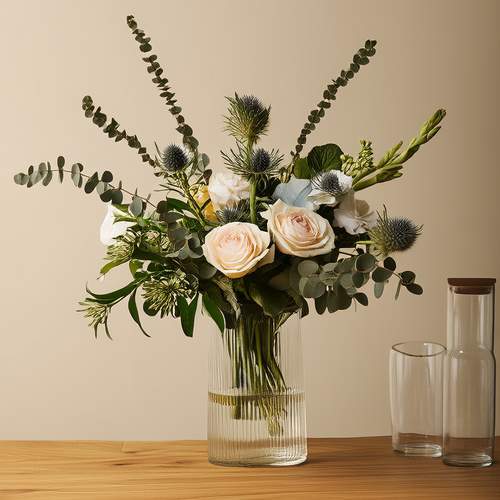
By /May 21, 2025

By /May 21, 2025

By /May 21, 2025

By /May 21, 2025
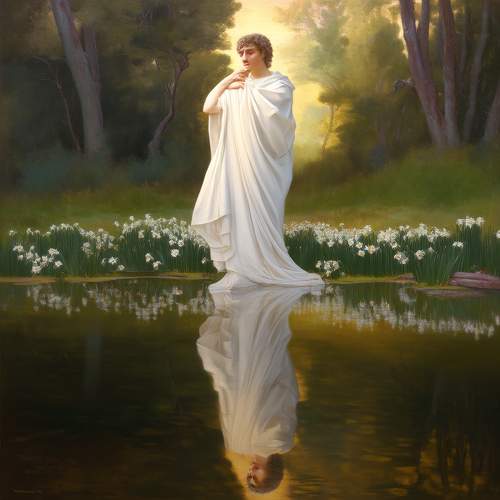
By /May 21, 2025